

Press Release
Helmet use effort obligation from April 1! Survey on the Actual Status of Bicycle Helmet Wearing 80% of users do not wear a helmet every time they ride a bicycle.
- Helmets for personal use are recommended for safety and hygiene -
2023/03/16
Sinanen Holdings Co., Ltd. (Headquarters: Minato-ku, Tokyo, President and CEO: Masaki Yamazaki, hereinafter "Sinanen Holdings"), a comprehensive energy-, housing-, and daily-life services provider, and its subsidiaries Sinanen Bike Co., Ltd. (Headquarters: Minato-ku, Tokyo, President and Representative Director: Nobuaki Nakanishi, hereinafter "Sinanen Bike"), which manufactures and markets bicycles and operates "Daisharin" bicycle specialty stores, and Sinanen Mobility Plus Co., Ltd. (Headquarters: Minato-ku, Tokyo, President and Representative Director: Miwa Mitsuhashi, hereinafter "Mobility Plus"), which operates "DAICHARI" a bicycle sharing service, performed a Survey on the Actual Status of Bicycle Helmet Wearing among approximately 1,300 daily bicycle users in Japan, in light of the fact that the making an effort to wear a bicycle helmet will become mandatory as of April 1.
■ Topics
・The helmet wearing rate* of users who use bicycles at least once a week is 20%. 80% of users responded that they do not wear a helmet when they ride a bicycle sometimes. The helmet use rate among helmet owners is approximately 50%.
・The most common responses to the question "What you think is necessary to increase the number of helmet wearers" were "Development of helmets that are easy to carry" (47.3%), followed by "Increased media coverage of the importance of helmet use" (32.8%) and "Subsidy programs for helmet purchases" (29.4%).
・The most important points when using a helmet were "Lightweight" (51.8%), followed by "Meeting safety standards" (49.5%) and "Being for personal use" (40.3%).
・The most common close accident experience while riding a bicycle was "At an intersection" (57.0%). More than half of the respondents answered that they "Started to reduce speed" after a close accident experience, while 20% of them "Started to wear a helmet".
・About 70% of users were aware of the effort obligation for helmet use from April 1. This indicates a high level of interest in the law revision.
*Helmet wearing rate: Percentage of users who answered that they wear a helmet every time in this survey.
■ Survey overview
・Survey method: Survey conducted on self-service online research service Fastask
・Survey period: February 16 (Thursday) to February 18 (Saturday), 2023
・Survey respondents: 1,299 men and women aged 15 to 69 nationwide who use bicycles (including services for sharing bicycles with others) at least once a week
■ About 80% of users indicated that they do not wear helmets sometimes. Even among those who own a helmet, the helmet wearing rate was about 50%, indicating that nearly half of them do not wear a helmet every time they ride.
First, when asked about the status of wearing a bicycle helmet, 21.2% of users answered that they "Wear a helmet every time I ride," indicating that about 80% of users do not wear a helmet sometimes.
When the helmet wearing rate was compared by frequency of bicycle use, the 27.7% of users who "Ride a bicycle almost every day," the 24.6% of users who "Ride a bicycle more than half a week," and the 11.8% of users who "Ride a bicycle once or twice a week" showed a tendency that the higher the frequency of bicycle use, the higher the helmet wearing rate.
On the other hand, about half of the helmet owners do not wear a helmet every time they ride, which highlight an issue that needs to be addressed in order to further increase helmet ownership and use.
■ Users believe that efforts to increase the number of helmet wearers need to be strengthened from multiple perspectives, including products, information, and systems.
Next, when asked about efforts they think are necessary to increase the number of helmet wearers, the top response was "Development of helmets that are easy to carry" (47.3%). This indicates that many users feel that carrying a helmet is an issue. Second place went to "Increased media coverage of the importance of helmet use" (32.8%), indicating the importance of information dissemination, and third place went to "Subsidy programs for helmet purchases" (29.4%), indicating that efforts need to be strengthened from multiple perspectives, including product, information, and systems in order to improve the helmet use rate.
■ In addition to lightweight and safety, the most important points for helmet use are that it be for personal use.
When asked about the most important points to consider when using a helmet for oneself, "Lightweight" (51.8%) ranked first. This is a point in common with the previous point about the ease of carrying. At second place was "Meeting safety standards" (49.5%), indicating a trend toward choosing products that are safe, such as those that have acquired safety standards. Also of note in third place is "Being for personal use" (40.3%). Users who also use bicycle sharing services (n=345) ranked "Being for personal use" second (48.7%) and "Antibacterial" fifth (31.9%), suggesting that in addition to safety, users also prefer to use their own helmets from the perspective of hygiene.
■ The most common close accident experience while riding a bicycle was "At an intersection" (57.0%). More than half of the respondents answered that they "Started to reduce speed" after a close accident experience, while a minority of 20% of them "Started to wear a helmet."
In relation to the increase in accidents involving bicycles, which is one of the reasons for the effort obligation for helmet use, we also surveyed users' close accident experiences while riding bicycles, and it was found that the number one experience was "Riding at an intersection" (57.0%). It seems that many dangers lurk at intersections.
Regarding changes in behavior after experiencing a close accident, the majority (53.0%) said that they "Started to reduce speed." On the other hand, only 20% of users answered that they "Started to wear a helmet", suggesting the need for further efforts to increase the access of users to safety-related information and to create an environment that makes it easier to obtain a helmet.
■ The level of awareness of the effort obligation for helmet use was high at approximately 70%. This result indicates a high level of interest in the law revision.
Lastly, when surveyed about their awareness of the effort obligation for helmet use from April 1, 67.9% of users were aware of the change. By age group, the awareness rate was high for all age groups, and especially for those in their 20s, the rate exceeded 80%. Since the Cabinet decision on the revised Road Traffic Act in December 2022, information has been disseminated in various places, and users themselves seem to be highly interested in the information as it relates to them.
■ Effectiveness of wearing a bicycle helmet
Professor Daisuke Ito, Faculty of Societal Safety Sciences, Kansai University
The head is the most frequently injured part of the body in fatal traffic accidents involving cyclists, according to traffic accident statistics published by the National Police Agency. On the other hand, a study by the National Police Agency in 2022 estimated that wearing a helmet can reduce the fatality rate by 37% in the event of an accident, so wearing a helmet is very effective in protecting the head. However, in this survey, the helmet wearing rate was 21.2%. It is hoped that the helmet wearing rate will increase and head injuries will be reduced in the future through the effort obligation for helmet use.
From a mechanics perspective, the expected effects of helmets are to prevent projectiles from penetrating the head, and to absorb impact and disperse the load acting on the head as the helmet deforms. These functions are expected to prevent skull fractures in the event of a collision with an automobile or a fall onto the road surface. Recently, helmets that reduce the rotation of the head at the time of impact and reduce the risk of brain injury have also become popular by devising a structure between the outer shell of the helmet, called a shell, and an impact-absorbing liner inside the helmet to mitigate the impact on the head.
Note that once a helmet is subjected to a strong impact, it cannot be fully effective as described above. The same is also true if a helmet becomes detached during an impact. Be sure to select a helmet that is appropriate for you when wearing a helmet.
■ Wearing a helmet for personal use is recommended for safety and hygiene.
In this survey, we were able to listen to the real voices of bicycle users regarding the current situation regarding the wearing of bicycle helmets and the issues that need to be addressed to increase the number of helmet wearers in the future.
Helmets are of course important to wear for safety, and we found that users tend to want a helmet for personal use for safety and hygiene reasons. Experts also commented on the importance of wearing a helmet that fits you to ensure safety, and it is desirable to own a helmet that is for personal use. There are now many different designs that ensure safety, so the usability of helmets must be improved so that people can enjoy choosing the helmet of their choice something that they wear.
One of the issues is the importance of strengthening information dissemination. As of April 1, 2023, there will be effort obligation for people of all ages to wear bicycle helmets, whereas previously it was an effort obligation for parents to have their children under the age of 13 wear helmets. In addition to this information, it is expected that a variety of safety-related information will be delivered.
As a corporate group engaged in bicycle sales and bicycle sharing services, the Sinanen Holdings Group is committed to proactively disseminating safety-related information to increase the ownership and use of helmets that meet safety and hygiene requirements, as well as developing campaigns to increase the number of helmet owners and strengthen and improve the means to obtain helmets, thereby contributing to the improvement of usability for bicycle users and the realization of a safe and secure traffic environment.
■ Sinanen Holdings Co., Ltd.
https://sinanengroup.co.jp
Sinanen Holdings Co., Ltd. is a holding company of the energy service group founded in 1927. With the mission of the Group to contribute to realizing a comfortable life for all customers in their communities through energy and home & life services, we provide Retail/Wholesale Energy & Related Business for consumers, Energy Solution Business for corporations, and non-energy businesses such as bicycle, bicycle sharing, environmental and recycling, system development, antimicrobial, building management and maintenance, and other services. We are also strengthening efforts to develop new environmentally-friendly businesses and corporate initiatives to achieve a decarbonized society.
■ Sinanen Bike Co., Ltd.
https://corp.daisharin.co.jp/
Sinanen Bike Co., Ltd., a subsidiary of Sinanen Holdings Co., Ltd., operates a bicycle retail business and a bicycle manufacturing and wholesale business for corporate customers. The company aims to realize eco-friendly lifestyles by providing safe, secure, and comfortable bicycle lifestyles in close contact with our customers, communities, and society, including the "Daisharin" bicycle specialty store, which operates mainly in the Tohoku and Tokyo metropolitan areas, the "Daisharin official bicycle online shopping site" to provide customers with more economical and convenient bicycles, and the COGY foot pedal wheelchair, a first in the bicycle industry.
■ Sinanen Mobility Plus Co., Ltd.
https://www.sinanen-mplus.com/
Sinanen Mobility Plus Co., Ltd., a subsidiary of Sinanen Holdings Co., Ltd., as a company that is engaged in the mobility business, has developed the bike sharing service "DAICHARI," which operates approximately 3,000 stations and approximately 10,000 bicycles (as of the end of December 2022), mainly in the Tokyo Metropolitan Area and Osaka Prefecture, and offers a user-only bike sharing service. Through the development of shared bicycles, which is a form of environmentally friendly infrastructure, the company will contribute to the SDG Goal 11 "Sustainable cities and communities," Goal 13 "Climate action," and Goal 17 "Partnerships for the goals."
[Media inquiries]
Kiryu and Kimura, PR/IR Team, Corporate Planning Dept., Sinanen Holdings Co., Ltd.
Tel: +81-3-6478-7807 Fax: +81-3-6478-7824 E-mail: kouhou@sinanengroup.co.jp
Katsumata, Sakamoto, and Oki, Sinanen Bike Co., Ltd.
Tel: +81-3-6478-7840 E-mail: sinanencycle.info@sinanengroup.co.jp
Public Relations, Corporate Planning Department, Sinanen Mobility Plus Co., Ltd.
Tel: +81-3-6478-7906 E-mail: daichari@sinanengroup.co.jp
Press Release PDF
Related Links

- BtoC Business(Retail/Wholesale Energy&Related Business)
-
Melife-West Co., Ltd.

-
Melife Co., Ltd.

-
Melife-East Co., Ltd.

- BtoB Business(Energy Solution Business)
-
Sinanen Co., Ltd.


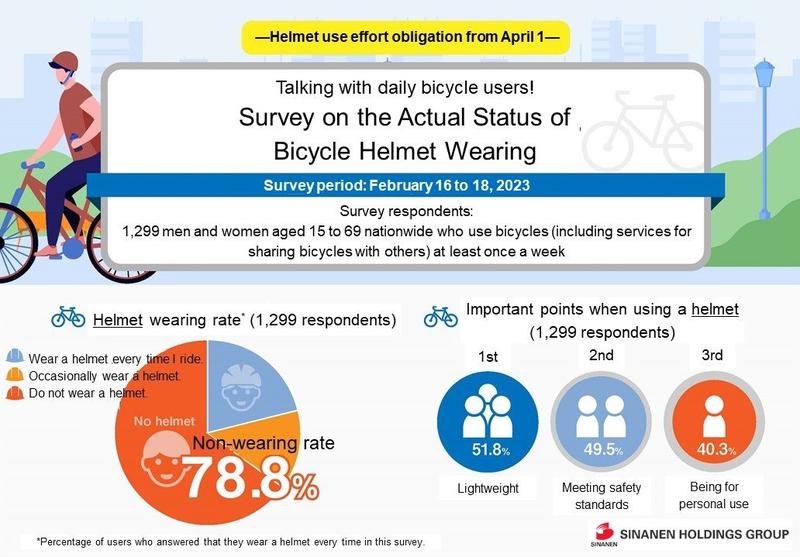
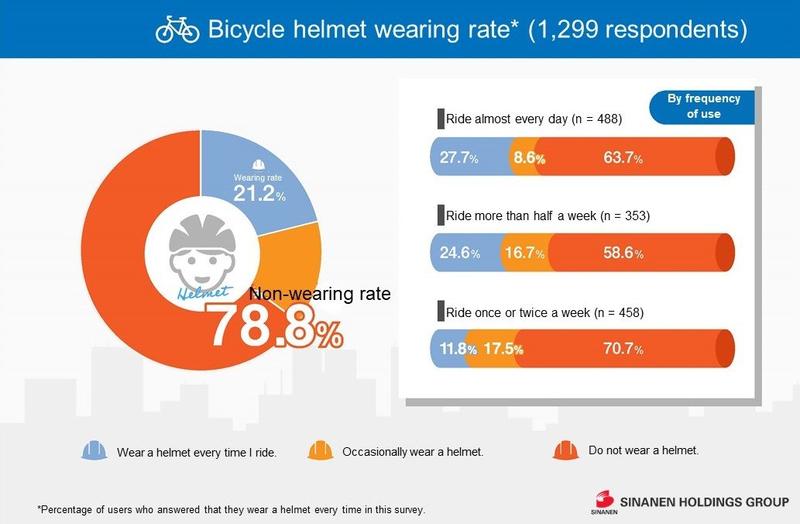
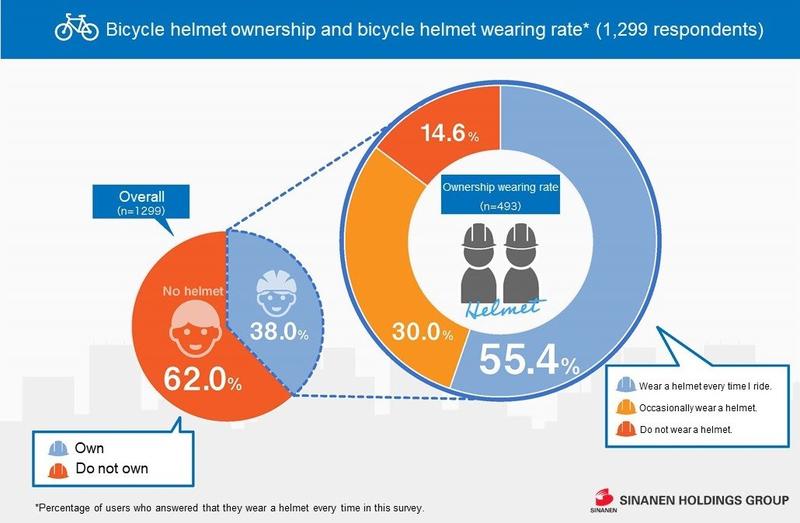
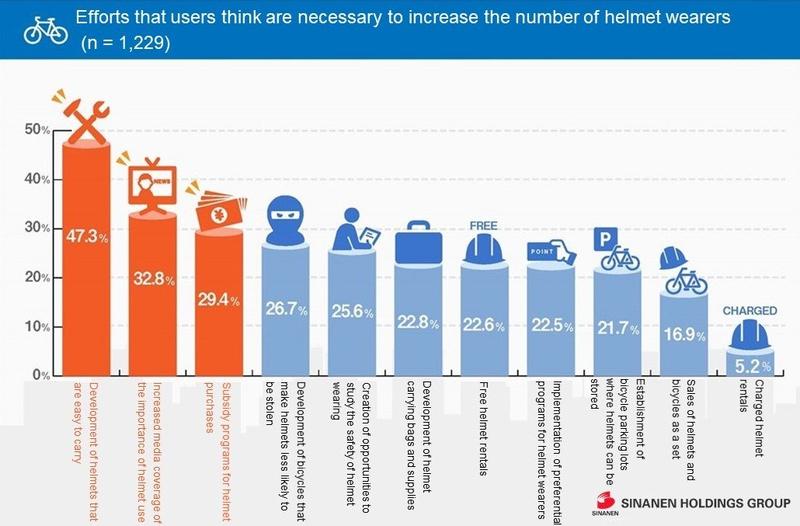
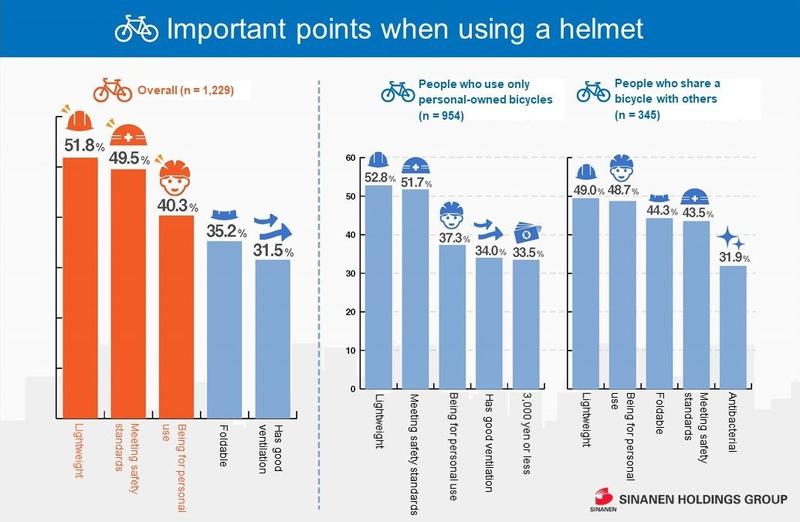
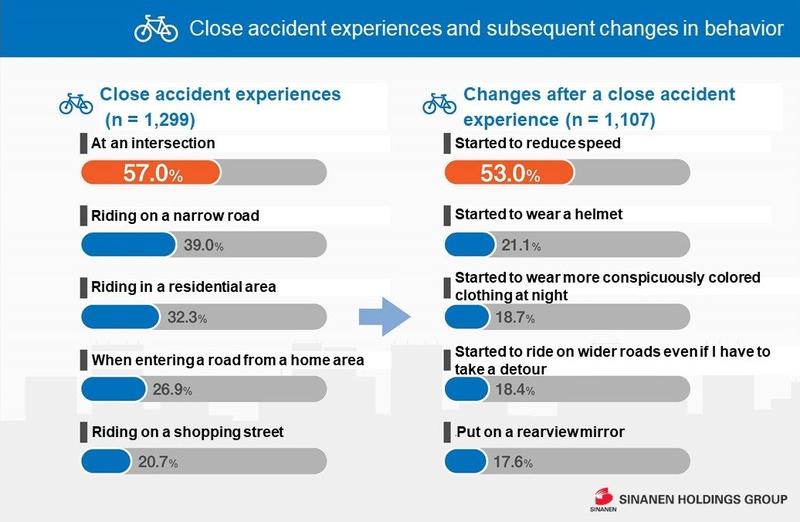
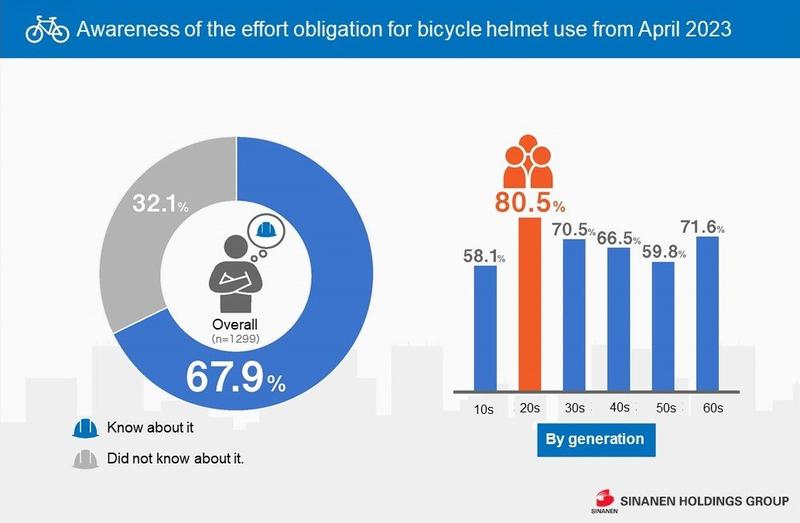
 Sinanen Holdings Group
Sinanen Holdings Group